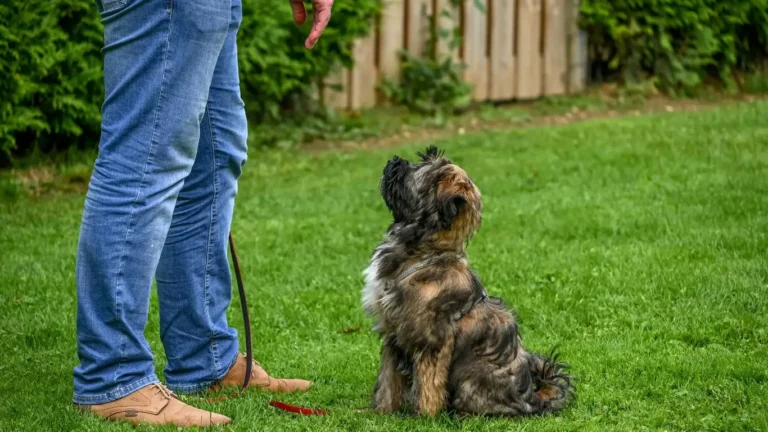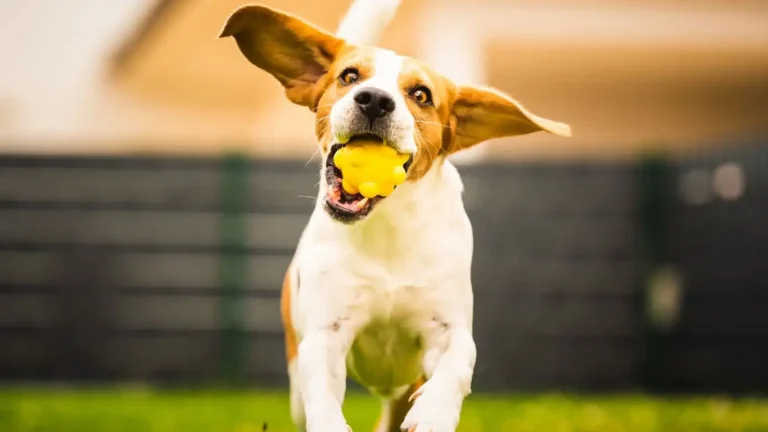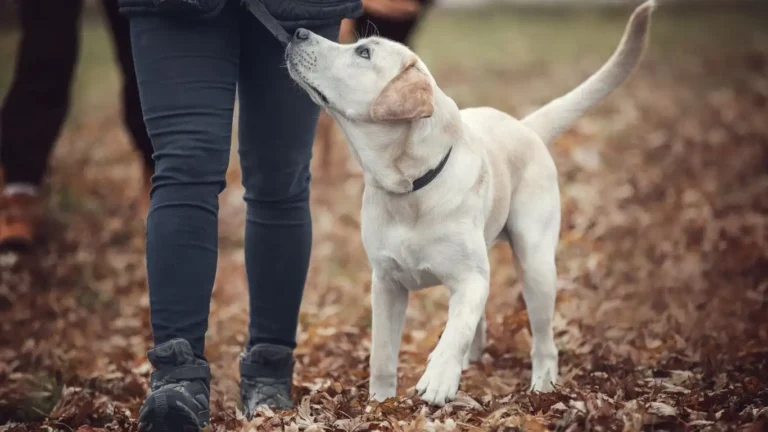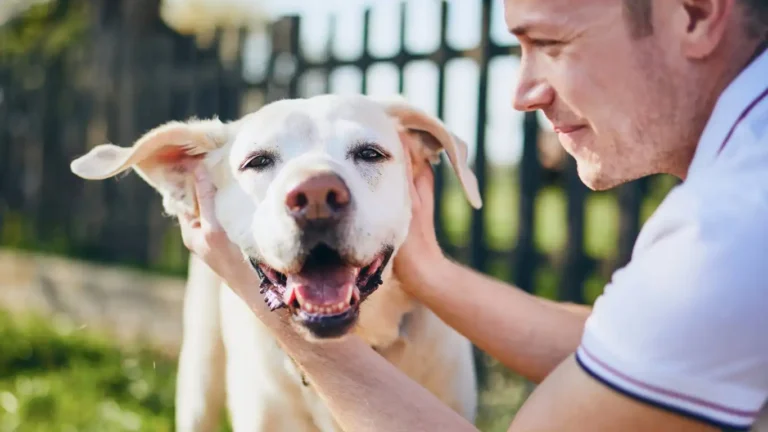Effective Training Methods to Stop Your Dog from Reacting to Delivery Trucks
As a Canine-Assisted Therapy Trainer, I’ve worked with many dogs who struggle with various behaviors, and one of the most common issues I encounter is dogs reacting to delivery trucks. It’s a situation that can escalate quickly—your dog hears the rumble of a truck and immediately starts barking, lunging, or even showing signs of aggression. While this behavior might seem like just a nuisance, it can be quite stressful for both you and your dog. In this post, I’ll walk you through effective methods for teaching your dog how to stop reacting to delivery trucks, using positive reinforcement and consistent training techniques. Whether you’re a first-time dog owner or an experienced trainer, these strategies will help you reduce or eliminate that unwanted behavior in no time.
Understanding the Root Cause of Reactivity
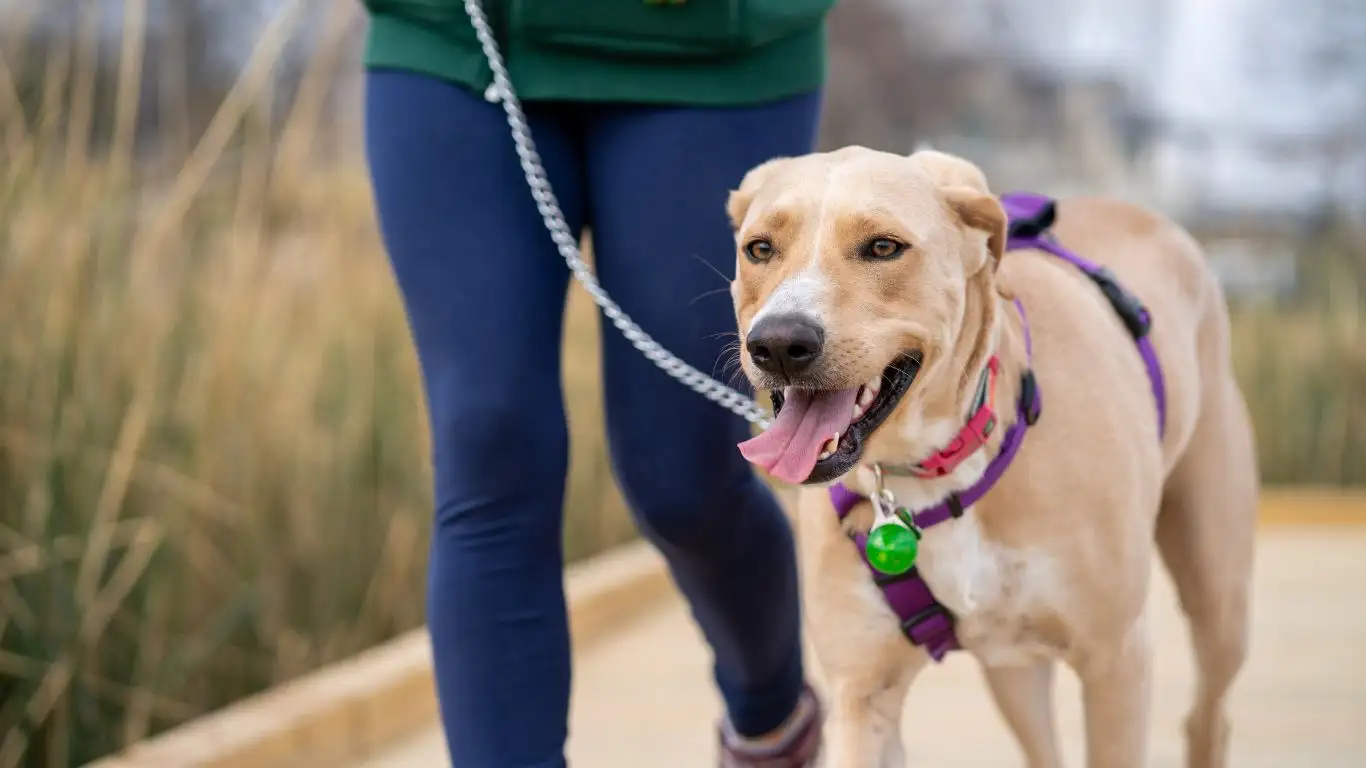
Before diving into the solution, it’s essential to understand why dogs react to delivery trucks in the first place. Dogs are naturally territorial animals, and when they hear a delivery truck approaching, they might interpret it as a threat to their space. The loud noise of the truck, the presence of unfamiliar people, and even the vibrations from the engine can trigger a dog’s fight-or-flight response. This can lead to behaviors like barking, growling, and even charging at the truck.
For many dogs, it’s not just the truck itself that sets them off but the unpredictability of the situation. If your dog has had a negative experience with a delivery truck in the past—perhaps being startled by one driving too close—it can make them more sensitive and reactive in the future. It’s also possible that the dog has not been exposed to delivery trucks in a controlled, calm environment and thus has not learned how to react appropriately.
Why This Behavior is So Common
Dogs, especially those with high energy or anxiety, can be more prone to reacting to delivery trucks. The reasons for this can vary:
- Lack of socialization: If your dog hasn’t been exposed to different types of vehicles, sounds, and stimuli during their critical socialization period, they may become fearful or reactive when faced with something unfamiliar.
- Guarding behavior: Some dogs may view delivery trucks as an intrusion on their territory and react defensively, especially if they feel that you or your home is under threat.
- Past experiences: Negative experiences with delivery trucks, like a frightening encounter, may leave a lasting impression on your dog, making them more likely to react in the future.
- Lack of training: Without proper training to guide your dog’s reactions to external stimuli, they may default to barking or lunging when something triggers them.
Once you understand the root causes of your dog’s reactivity, you’ll be in a better position to address the issue with positive, patient, and consistent training.
Step 1: Start with Desensitization
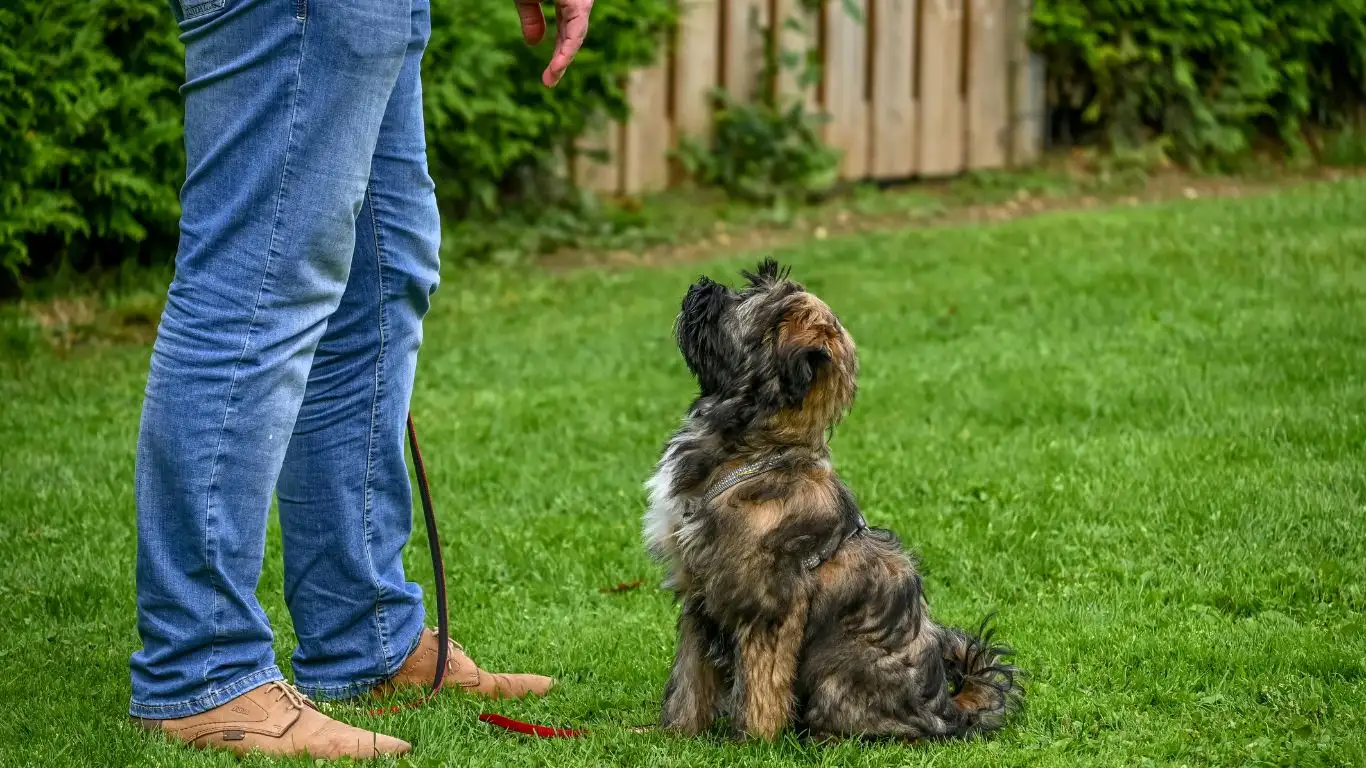
One of the most effective techniques for stopping reactivity to delivery trucks is desensitization. The goal here is to gradually expose your dog to the sound and presence of delivery trucks in a way that doesn’t cause them to become over-excited or anxious. Over time, they will learn to associate the truck with calm behavior rather than something to react to.
Here’s how you can start desensitization training:
- Find a quiet location: To begin, you’ll need a place where you can observe delivery trucks without your dog feeling overwhelmed. Ideally, you should be able to see the trucks from a distance, where the dog can still stay calm.
- Use recorded sounds: If you can’t easily access delivery trucks, start by playing recorded sounds of trucks, preferably at a low volume. You can find soundtracks of truck noises online or through various dog training apps. This will allow you to work on your dog’s reactivity without needing an actual truck to pass by.
- Increase the volume gradually: Once your dog seems relaxed around lower-volume recordings, start increasing the volume. Keep the sound at a level where your dog remains calm, but where you can still see their attention focused on the noise.
- Use treats and praise: During this process, reward your dog with treats or praise for staying calm when they hear the truck sounds. Positive reinforcement is key to this method, as it helps your dog make a positive association with the trucks.
Once your dog is comfortable with the sound, it’s time to move on to real-life exposure.
Step 2: Manage the Environment During Real-life Exposure
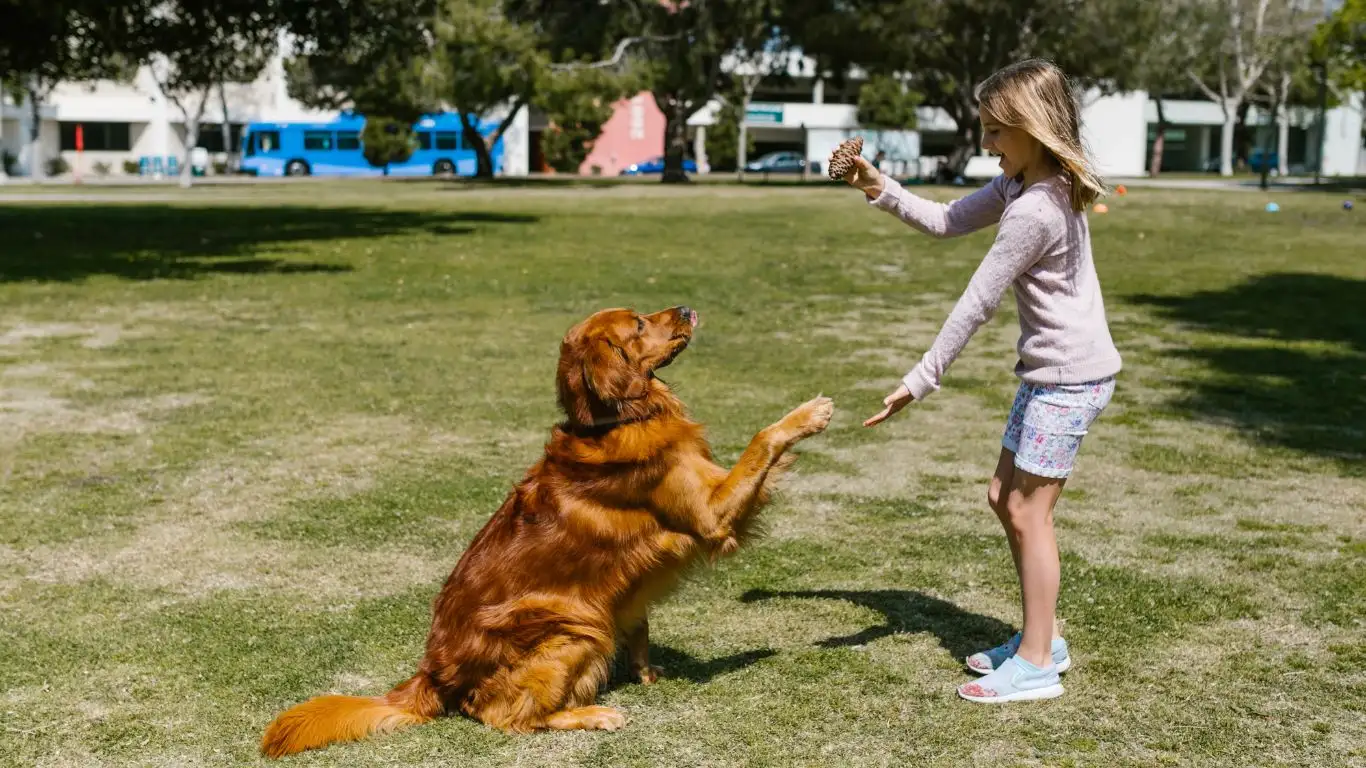
Now that your dog is accustomed to the sound of delivery trucks, the next step is to introduce them to actual trucks. The key here is to ensure that you’re in a controlled environment where you can manage the situation and prevent your dog from becoming too reactive. Here’s how you can manage real-life exposure:
- Choose the right time and place: Try to find a quiet street or an area where delivery trucks pass by regularly. Stand at a distance from the trucks, but close enough so that your dog can hear them. Ideally, you want the truck to be visible but far enough away that it doesn’t trigger an overreaction.
- Keep your dog on a leash: It’s important to keep your dog on a leash during this process. Not only does it help you maintain control, but it also allows you to guide your dog’s behavior and prevent any unsafe reactions.
- Observe your dog’s body language: Pay close attention to your dog’s body language during these exposure sessions. If you see signs of stress, like raised hackles, growling, or excessive pulling, it’s time to move further away from the truck and start again. You can gradually decrease the distance as your dog becomes more comfortable.
Consistency is key. Over time, your dog will begin to understand that delivery trucks are not something to react to. Keep these training sessions short, positive, and calm, and soon you’ll see progress.
Step 3: Implement Positive Reinforcement

One of the most powerful tools in dog training is positive reinforcement. It’s a technique that I always encourage my clients to use, not just when teaching obedience, but especially when addressing issues like reactivity. Positive reinforcement involves rewarding your dog for displaying the desired behavior. This can be through treats, praise, or toys. The key is to reinforce calm and composed behavior when your dog encounters a delivery truck.
To apply positive reinforcement during training, follow these steps:
- Reward calm behavior: Every time a delivery truck passes by and your dog remains calm, immediately offer them a treat or give them verbal praise. This encourages them to associate the presence of the truck with positive rewards. The more frequently you reward calm behavior, the more likely your dog is to repeat it.
- Don’t reward barking or lunging: If your dog starts barking or lunging at the truck, it’s crucial not to give them attention or treats. This could reinforce the behavior you’re trying to eliminate. Instead, wait for a moment of calmness, even if brief, and reward that.
- Use high-value treats: While basic treats are great, using high-value treats (something your dog really loves) can make a bigger impact during these training sessions. This helps maintain your dog’s focus and motivation. If your dog is particularly distracted by the truck, use their favorite treat to get their attention back on you.
In my experience, positive reinforcement works wonders. It’s not just about stopping unwanted behavior; it’s about creating a stronger bond with your dog. When they know that good behavior will be rewarded, they become more willing to listen and engage with you, making your training sessions enjoyable for both of you.
Step 4: Redirecting Attention to Something Else
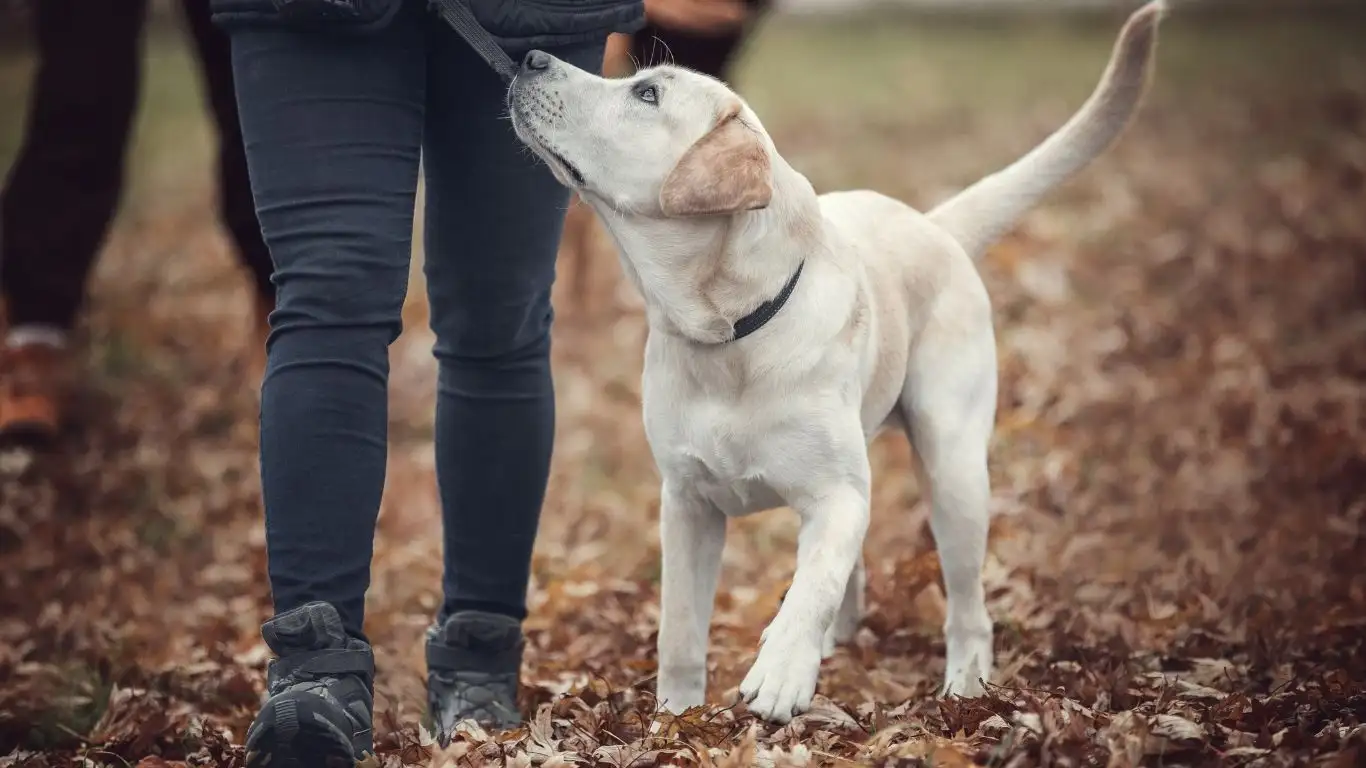
Another effective strategy in addressing reactivity is redirecting your dog’s attention. This can be particularly useful when your dog starts to react to the delivery truck before you can fully implement desensitization or positive reinforcement techniques. Redirecting attention involves shifting your dog’s focus away from the trigger (in this case, the delivery truck) and onto something more appropriate.
Here are a few ways to redirect your dog’s attention effectively:
- Use a favorite toy: If your dog starts to bark or show signs of anxiety when a delivery truck is nearby, immediately grab their favorite toy. Throw it a short distance and encourage them to play with it. This can help distract them from the truck and give them an outlet for their energy.
- Command “look at me”: One of the simplest yet most effective commands you can teach your dog is “look at me.” When you see a truck approaching, ask your dog to look at you, and reward them when they do. This helps them focus on you instead of the truck, and reinforces their attention to your cues.
- Give a command like “sit” or “down”: If your dog is already worked up, asking them to sit or lie down can help them calm down. Once in a calm position, you can reward them for staying relaxed. This helps reset their focus and teaches them that calm behavior will always result in positive reinforcement.
Redirecting your dog’s attention not only helps in the moment, but it also teaches them that reacting to the delivery truck is not the desired response. Over time, this process helps create new patterns of behavior that are more manageable and less stressful.
Step 5: Leash Training for Better Control

Leash training is a crucial component in managing your dog’s reactivity to delivery trucks. Even the most well-trained dog can struggle when they’re not properly controlled during training sessions, especially when faced with a distraction as significant as a passing truck. A leash gives you the control you need to guide your dog’s behavior and prevent them from becoming overly reactive.
Here are some leash training techniques that can help with reactivity:
- Keep the leash loose: When walking your dog, it’s important to keep the leash loose, especially when training for reactivity. If the leash is taut, it could create tension and make your dog more anxious. A loose leash helps keep your dog calm and relaxed, making them more receptive to training.
- Use a front-clip harness: A front-clip harness is a great option for dogs that pull or react aggressively to stimuli. This type of harness gently redirects their attention back to you without causing discomfort or pressure on their neck. It also gives you better control over their movements without harsh tugging.
- Stop and wait: When a delivery truck approaches, use the leash to stop your dog in their tracks. Once they stop, ask them to sit or stand calmly, rewarding them for remaining still. This reinforces the idea that you are in control of the situation and that calm behavior leads to rewards.
Leash training is an ongoing process, but when used consistently, it can greatly reduce your dog’s reactivity. By combining this technique with desensitization and positive reinforcement, you’ll help your dog feel more confident and calm when encountering delivery trucks.
Step 6: Gradual Exposure to Trucks in Different Settings
As your dog becomes more comfortable with delivery trucks, it’s time to expose them to trucks in a variety of settings. Dogs can be territorial, and sometimes their reactions are influenced by the environment they’re in. To make sure your dog is well-adjusted to these vehicles in all contexts, try taking them to different locations and exposing them to trucks from various angles and distances.
For instance:
- Take your dog to a local park where delivery trucks pass by frequently. This helps them learn that trucks are part of the world and not a threat to their territory.
- Expose them to trucks in busy areas, such as near shopping malls or on city streets. If your dog can remain calm in high-traffic areas, they’ll be more likely to stay relaxed when trucks drive by at home.
- Try training during different times of day. Trucks will likely pass by at varying speeds and volumes depending on the time, so exposing your dog to this will help them adapt more easily to these changes.
The key is to gradually increase the level of difficulty of these exposures, always staying at a pace your dog is comfortable with. Over time, your dog will learn to generalize their calm behavior to a variety of situations, making them less reactive to delivery trucks no matter where they encounter them.
Step 7: Building Consistency with Routine
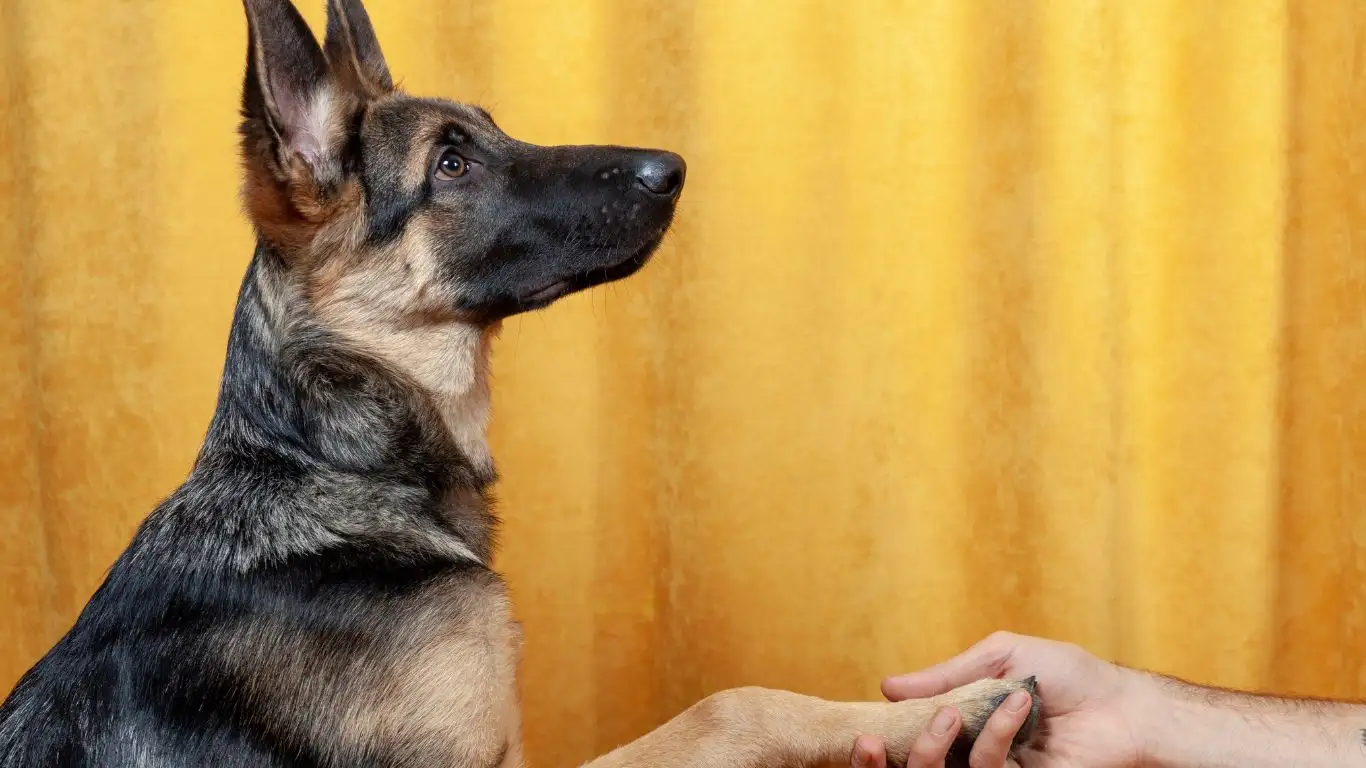
Consistency is one of the pillars of successful dog training. No matter how much effort you put into desensitization, positive reinforcement, and redirection, if your dog doesn’t receive consistent experiences, progress will be slow. The more you make these training sessions a regular part of your dog’s routine, the quicker they will learn to remain calm around delivery trucks.
Here’s how you can maintain consistency in your dog’s training:
- Daily practice: Just like humans, dogs need regular practice to retain their training. Aim to practice your desensitization, redirection, and positive reinforcement exercises at least once a day, even if it’s just for 10–15 minutes. Frequent short sessions are often more effective than long, drawn-out ones.
- Incorporate trucks into everyday walks: If possible, try to incorporate delivery trucks into your daily walks. By doing so, you’ll expose your dog to this trigger in a real-world setting, helping them to gradually adapt. I’ve found that dogs who regularly encounter their triggers in different contexts tend to become less reactive.
- Set clear boundaries: Consistency also involves setting clear rules about how your dog should behave around delivery trucks. If they start barking or lunging, calmly redirect them and reward them when they stop. Inconsistency can confuse your dog and hinder their progress.
Building a consistent routine is crucial, especially when addressing reactive behaviors like barking at delivery trucks. Over time, as your dog learns that their calmness is always rewarded, they will develop a new habit of ignoring trucks altogether. Remember, training isn’t a one-time fix—it’s a gradual process that requires patience, persistence, and lots of practice!
Step 8: Consider Professional Help When Needed

While the steps outlined above can be incredibly effective in curbing your dog’s reactivity, some dogs may require extra help. If your dog’s reactivity to delivery trucks is particularly severe, or if you’re not making progress after consistent training, seeking professional help can be a game-changer.
Here’s when you might want to consider reaching out to a professional dog trainer:
- Your dog becomes aggressive: If your dog’s reactions include growling, snapping, or biting at the truck or its driver, it’s time to consult a professional. Aggression can escalate quickly and should be addressed as soon as possible.
- Unsuccessful attempts at training: If you’ve tried various training methods and you’re not seeing improvement, a professional trainer can assess your dog’s behavior and provide personalized guidance. They can also teach you new techniques that might work better for your dog’s personality and temperament.
- Your dog is overly fearful: Some dogs may develop an intense fear of delivery trucks, which can be harder to manage than general reactivity. A professional can help address these fears in a safe, structured way.
When choosing a trainer, be sure to select one who specializes in positive reinforcement techniques and has experience with reactive behaviors. You can even consider trainers who offer virtual consultations, which have become increasingly popular. A good trainer will work with you and your dog to create a tailored plan, provide ongoing support, and help you navigate more complex behavioral challenges.
Step 9: Monitor Progress and Be Patient
As with any training journey, progress may take time, and it’s essential to be patient with your dog and yourself. Not every dog will respond to training at the same pace, so some dogs might take a little longer to stop reacting to delivery trucks. The key is to stay consistent, keep reinforcing positive behaviors, and celebrate small wins along the way.
Here’s how you can track your dog’s progress and stay patient:
- Track training milestones: It can be helpful to keep a training journal or make notes on your phone. Track when your dog reacts positively (or negatively) to trucks, how long it takes for them to calm down, and which techniques seem to work best. This will give you a sense of how far your dog has come and allow you to adjust your training approach as needed.
- Celebrate small victories: Even small improvements—like a few seconds of calmness when a truck passes by—are worth celebrating. Reward your dog immediately to reinforce the behavior. Over time, these small successes will add up to a more significant change.
- Don’t rush the process: Every dog is different, and training timelines can vary. While it might be tempting to expect quick results, be prepared for gradual progress. By being patient and understanding, you’ll create a more positive experience for both you and your dog.
Remember, the goal is not just to stop your dog from reacting to delivery trucks—it’s to build a stronger, more trusting relationship with them. Training isn’t about getting quick fixes but fostering long-term, healthy behaviors that will enrich your dog’s life and your own.
References
For more insights on dog training, visit these trusted sources:
Disclaimer
The information provided in this article is for general educational purposes only. While I have drawn on my experience as a Canine-Assisted Therapy Trainer, every dog is unique, and training methods may need to be adjusted based on your dog’s individual temperament and needs. For specific behavioral concerns, it’s always best to consult a professional dog trainer or behaviorist.
